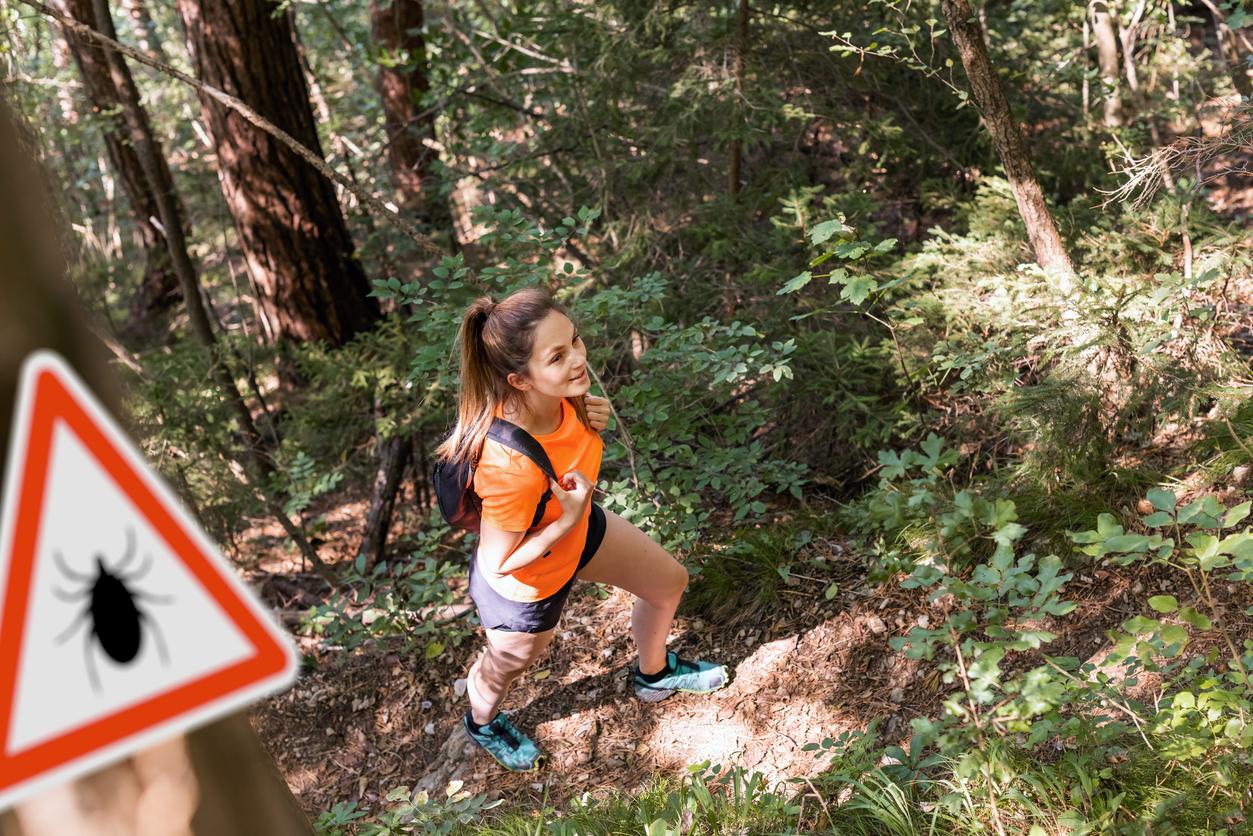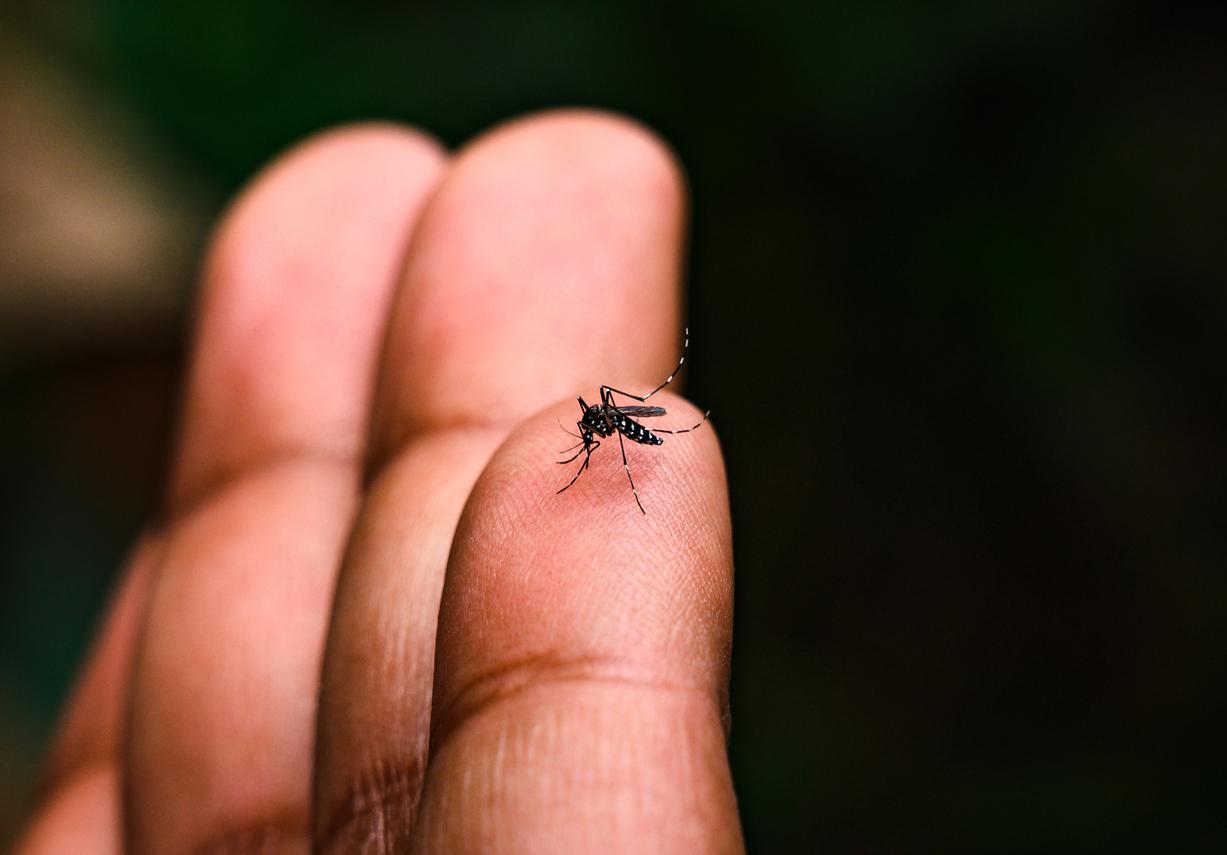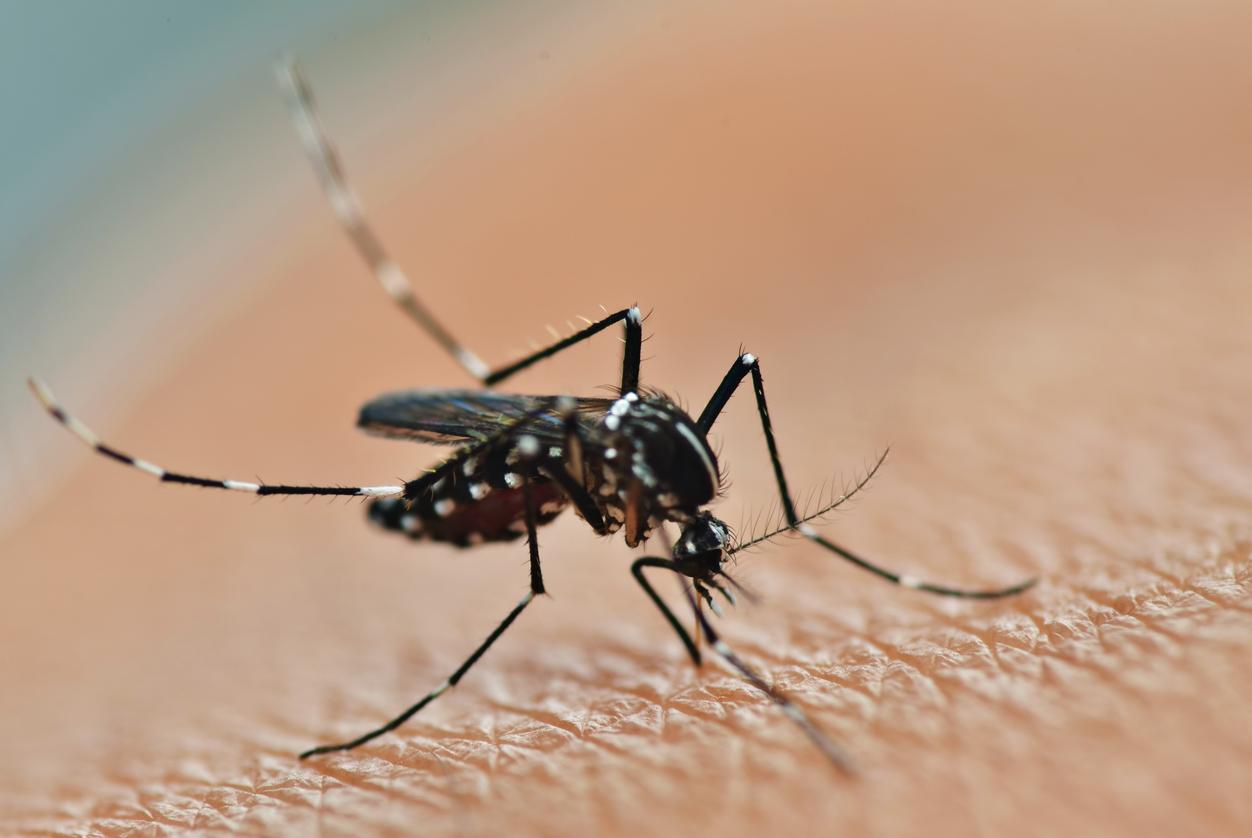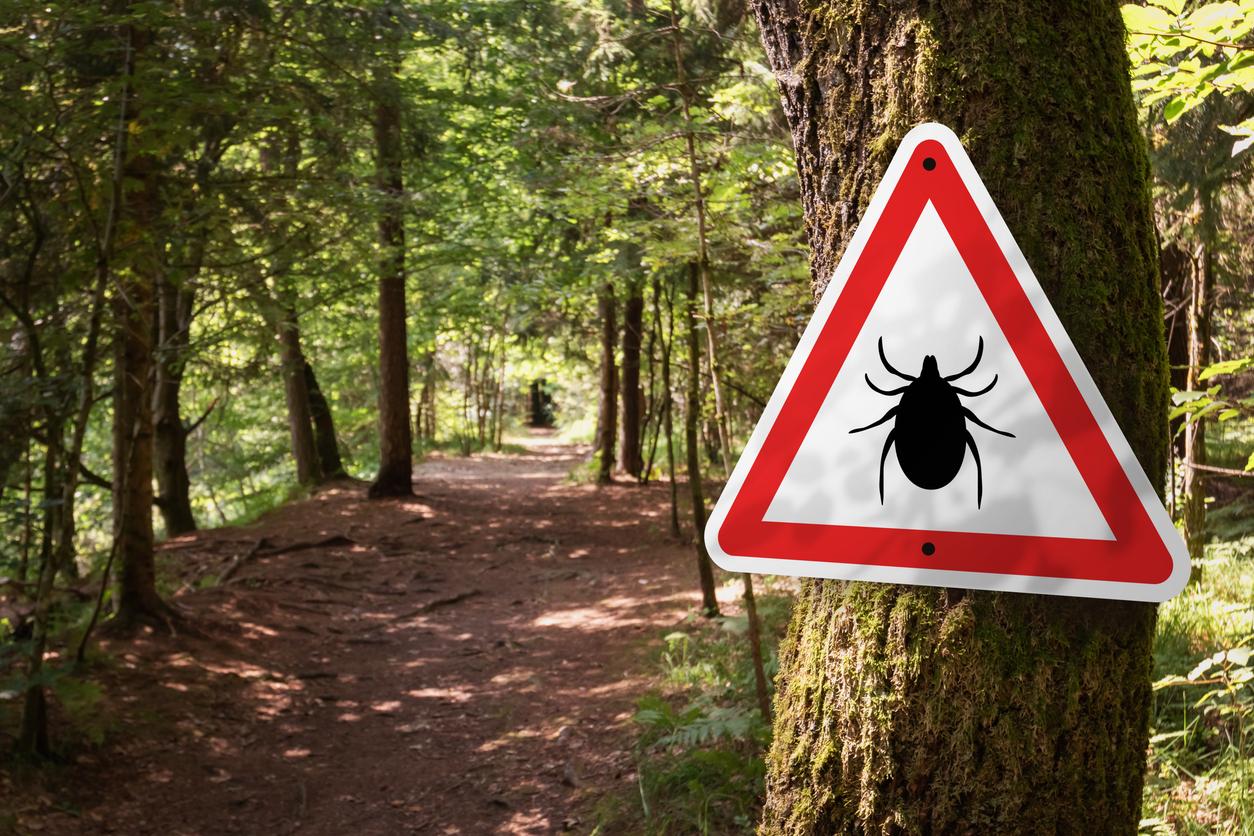Due to global warming, the Hyalomma marginatum, a giant tick native to Africa and Asia, is gradually colonizing Europe, including France. We explain how to prevent their bites.

- Giant ticks, Hyalomma marginatum, which are native to Africa and Asia, are increasingly present in France, particularly in Occitanie.
- Giant ticks, Hyalomma marginatum, which are native to Africa and Asia, are increasingly present in France, particularly in Occitanie.
- They can carry serious illnesses, such as Crimean-Congo fever and Lyme disease.
- To recognize them, it is necessary to analyze their two-tone legs, their particularly long hypostome and their globular eyes.
In the south of France, more precisely in Occitania, the giant tick, Hyalomma marginatum, has been present for several years. According to Free Midithe Crimean-Congo Hemorrhagic Fever (CCHF) virus, was first detected in these specimens in October 2023. A few months earlier, in May, a team of researchers expressed their concerns in a study published in the journal Medical and Veterinary Entomology. “Its potential role as a vector and/or reservoir and its continued expansion to new areas raises great concern due to global warming and human and other animal movements,” can be read in their work. Faced with the progressive colonization of giant ticks, scientists from CIRAD and INRAE have decided to follow their tracks in farms to evaluate the phenomenon, according to Free Midi.
How to recognize giant ticks?
It is easy to recognize the Hyalomma marginatum. In fact, this species of tick is up to four times larger than the ticks usually present in the territory. Before feeding, it already measures more than 5 millimeters. The giant tick has two-tone legs decorated with whitish rings at the joints, a particularly long hypostome, namely a mouthpart that it uses to suck blood and bulging eyes. It is generally carried by wild animals, such as rabbits.
Giant ticks: what tips to avoid being bitten?
When going out in nature, it is advisable to stay on cleared paths and trails. Avoid brush, tall grass and ferns and do not sit on the ground.
In terms of clothing, it is advisable to wear long clothing that covers the arms and legs, tightens the wrists and ankles, and a hat during walks and hikes in the forest or rural areas. Health insurance recommends choosing light-colored clothing to more easily spot the presence of ticks. “Wear closed-toe shoes and tuck your pants into your socks so ticks don’t get in through the openings.”

What to do if you get bitten by a tick?
In case of a bite, “It is important to remove the tick(s) as quickly as possible. Indeed, if the tick is carrying the Borrelia bacteria, the risk of transmission of this bacteria, responsible for Lyme disease, increases with the length of time the tick is attached to the skin.”
In practice, you need to use a tick remover. Gently grab the insect as close to the skin as possible, pull gently but firmly while making a circular motion so as not to tear off its head. “If you have not managed to remove the entire head and rostrum of the tick the first time, do not try again and do not try to complete the extraction. Ask your pharmacist or doctor for advice.” Once the insect is removed, the skin should be disinfected.















